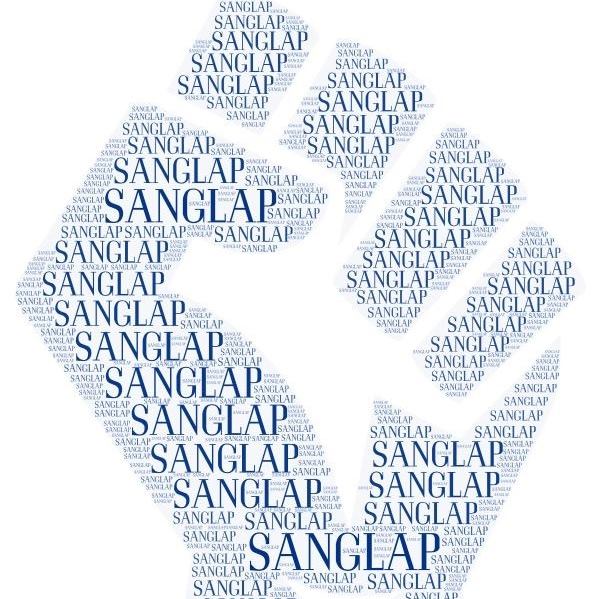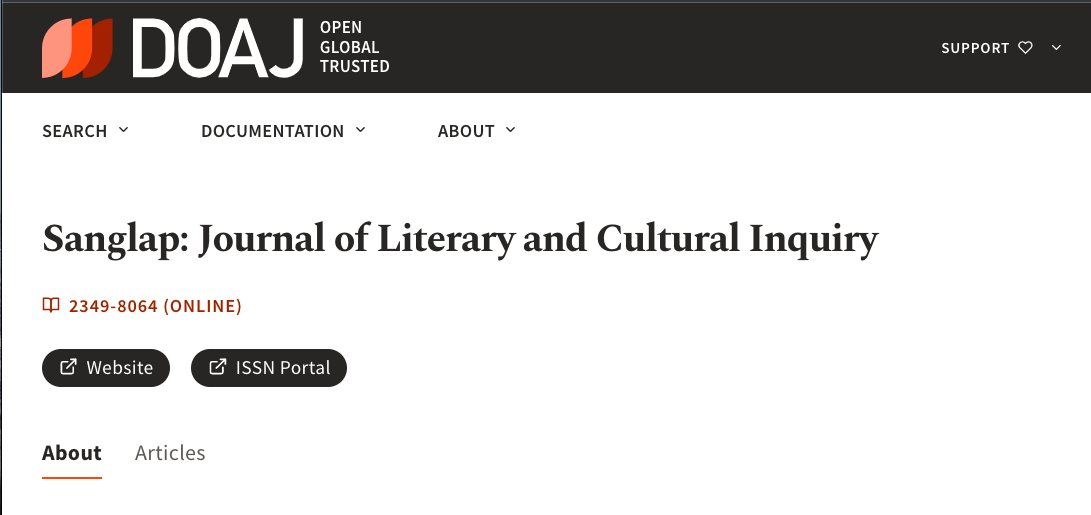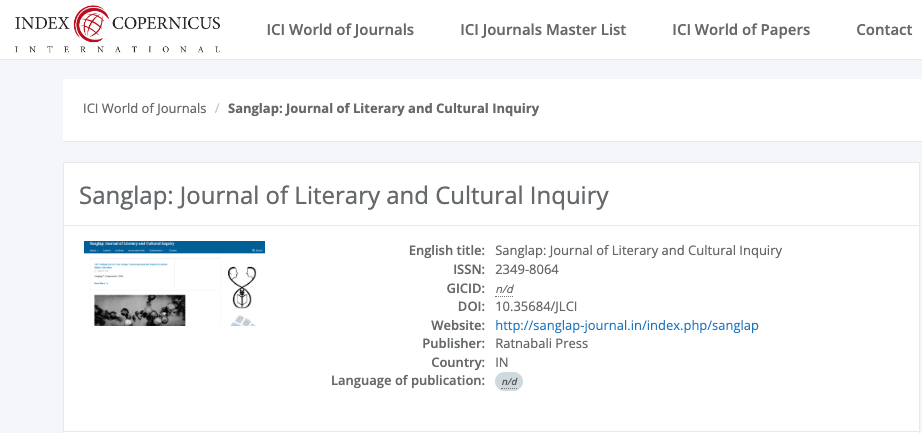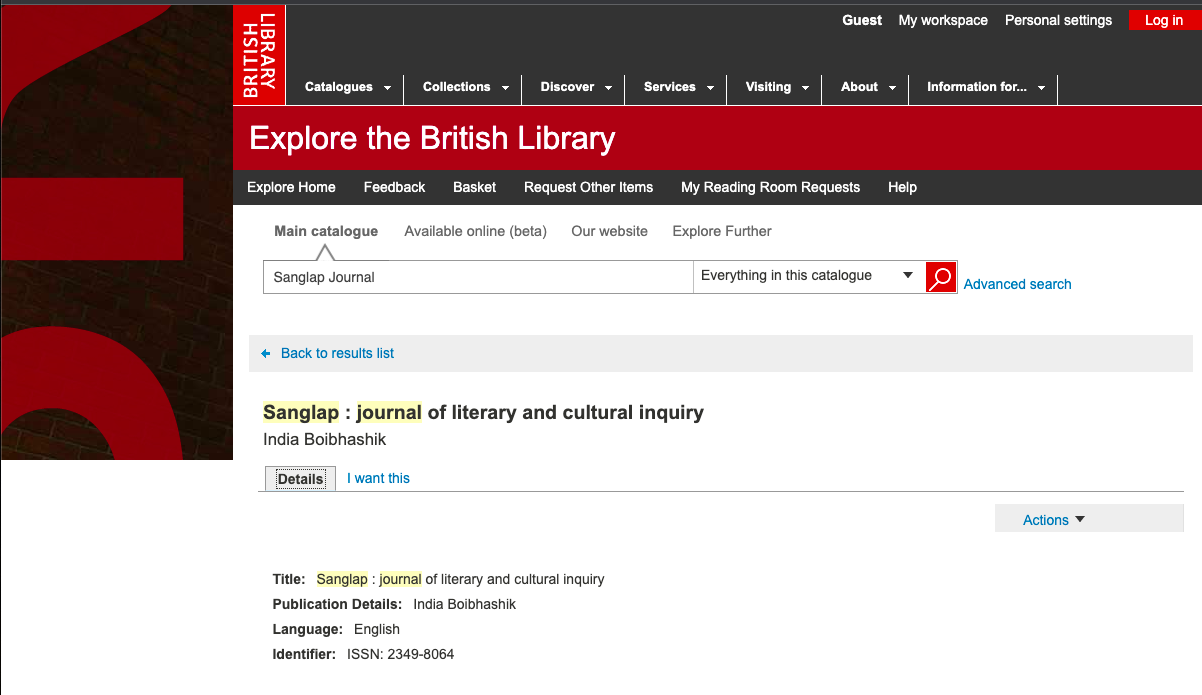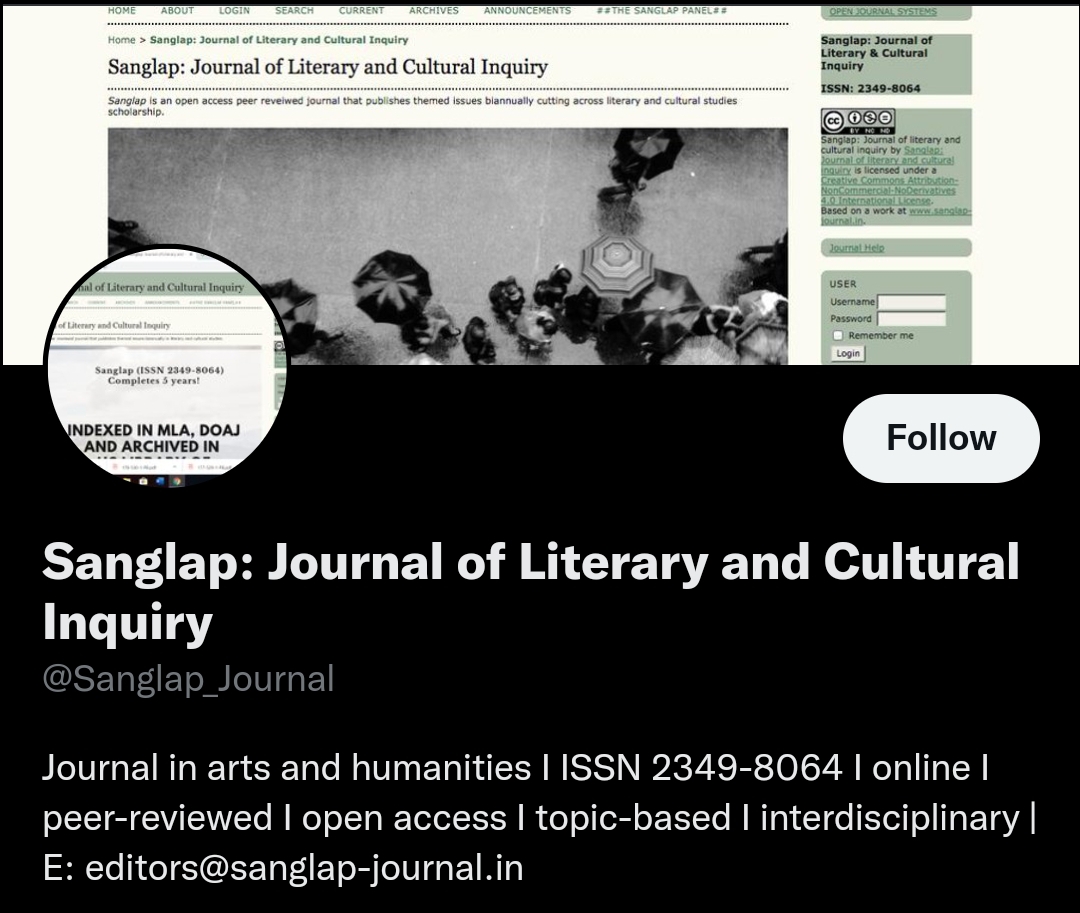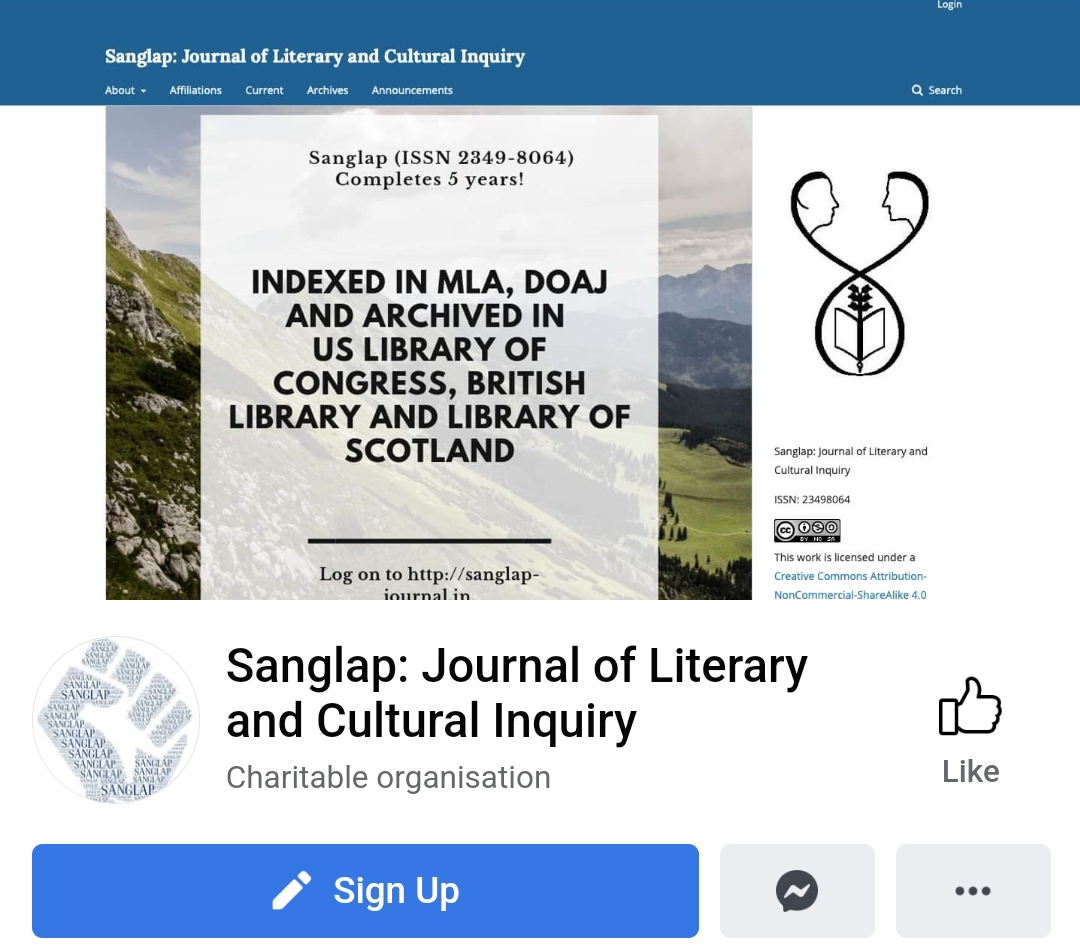Landscape of Altered Being:
Autopathography and Embodiment in When Breath Becomes Air
DOI:
https://doi.org/10.35684/JLCI.2022.8204Keywords:
Illness, Autopathography, embodiment, lived experience, thirdspaceAbstract
Autopathography is described as an autobiographical narrative that revolves around the subjective experience of illness, often complementing or challenging the medical narrative of the disease. Since disease, by definition, affects the body of the organism, autopathographies concentrate on the broader phenomenon of illness. Illness is described as the overall impact of disease not simply on the body but on socio-cultural and personal systems relating to oneself. Paul Kalanithi’s narrative of lung cancer, When Breath Becomes Air, charts his life as a physician and patient; Kalanithi’s description illustrates that illness becomes an unrecognizable landscape of altered being. Using a phenomenological approach with concepts of embodiment, this paper attempts to re-ascertain the centrality of embodiment to the multiple aspects of our experiential reality. The reality we witness emerges from the embodied nature of our experience, making wellbeing and illness the context for everything. This paper elaborates on the thirdspace of autopathography as fundamental to making sense of the drastic alteration in one’s lived experience.





